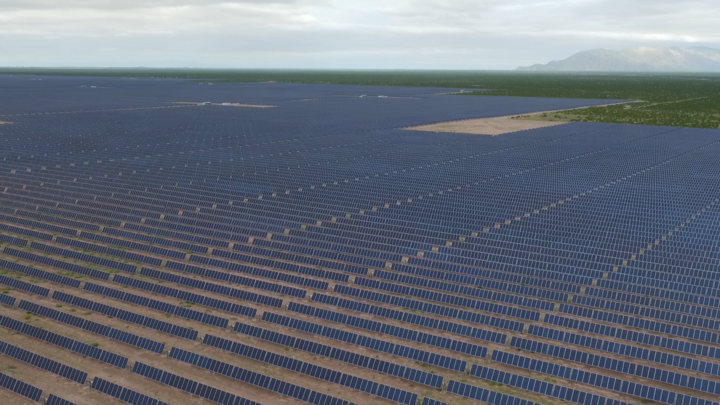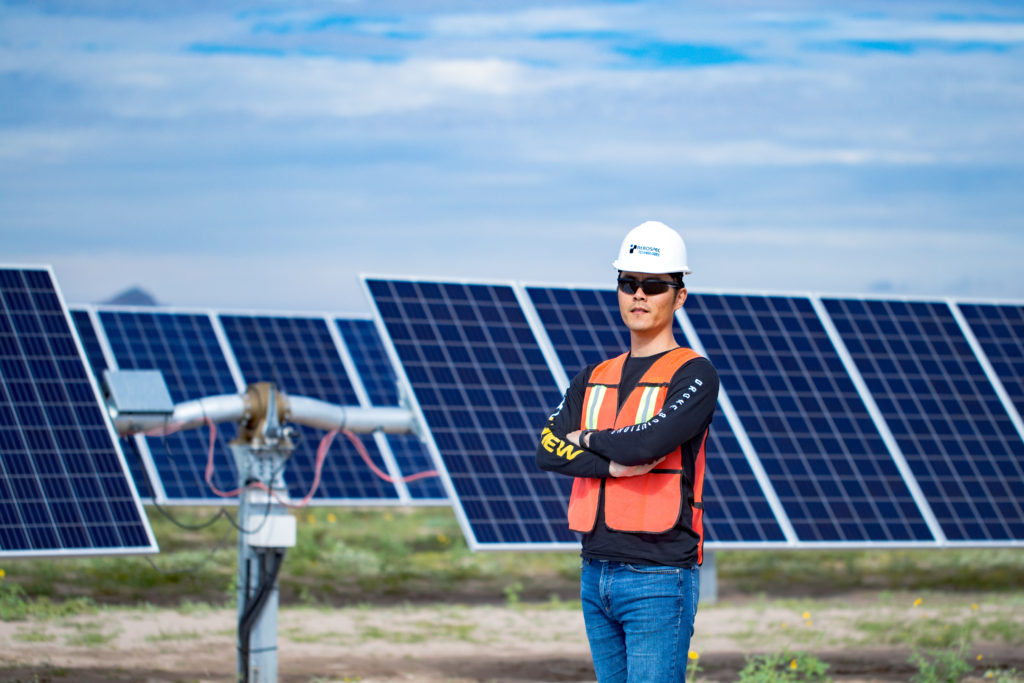Solar Energy has the potential to stop several crises; what is stopping more widespread adoption?
In 2017, 80% of the world’s energy was from burning fossil fuels. If the oft-reported dangers of global warming and climate change weren’t enough, estimates show us running out of fossil fuels in less than fifty years. Humanity is likely to face a two pronged crisis, with climate change wreaking havoc while energy becomes scarcer and increasingly expensive. Oil prices are expected to at least quadruple by 2050, which would devastate the global economy so completely and thoroughly that it’s almost impossible to predict what it would look like. Some negative repercussions from our history of rampant fossil fuel usage are inevitable; they’ve already begun.

That said, there is still hope. If fossil fuel consumption drastically slows within the next few years we will be able to dodge many of the worst consequences. The key lies in renewable energies like solar power. Since power generated from renewable sources does not produce byproducts or consume a finite resource, a system based on solar and wind energy will not run into a shortage crisis or cause a climate crisis.
So, why are we not rushing to adopt solar energy on a massive scale? As one might imagine, these systems require certain conditions. Solar panels need to be kept within certain temperatures, and work best with direct sunlight. On cloudy days, solar panels lose as much as 90% efficiency. While being surrounded by snow can improve efficiency due to reflection, being covered in snow will prevent panels from gathering any sunlight at all. Likewise, long sunny days do provide panels with plenty of energy, but can also negatively affect the lifespan and efficiency through overheating.
Solar panels are not right for everywhere, but that’s less of a problem than you’d think; solar panels on .6% of land of the United States (about half the size of New York State) would provide enough energy to power the entire country. The main reason that hasn’t happened yet comes down to money.

While installing solar panels on your house can be a good way to save money, utility-scale solar energy requires a very steep investment to get started; the smallest solar farms require at least $1 million to build. A functional solar farm will make that investment back in an average of 12 years, but solar farms require upkeep as well.
Most solar farm malfunctions occur due to imperfect installation and failing to catch errors early can severely damage profits. Regular inspections are required to keep solar farms functional, but they can cost over a hundred thousand dollars for each inspection. Even with the costs and complications, solar farms are well accepted as a sound investment; the problem is only that the investment is so steep. That kind of money is difficult to procure, and cannot be done lightly.
Luckily, there are reasons to believe that this is a temporary barrier. Solar panels have been getting cheaper and more efficient for over a decade, and the growth is expected to continue for quite a while. Research is ongoing into how to lower costs and increase environmental benefits. Research is funded by many different sources; while world governments like the US Department of Energy have a record of providing funding, there are also a number of venture capitalists and investment platforms.
The advances in technology are fairly broad; some advancements involve drastically lowering the costs of solar panels, while others focus on lowering associated costs to make operation easier. For example, Aerospec Technologies is developing an automation solution to maintenance; replacing previous, labor intensive methods for a fraction of the cost. One experienced drone pilot found a 400% increase in speed and efficiency with Aerospec’s software. Aerospec’s drone inspection uses quantified data to allow asset owners and any authorized parties to spot and address malfunctions before they affect revenue.
The exact savings are difficult to calculate. Drone inspections are much cheaper, but they are also more reliable, and the errors that aerial inspections catch early could cause losses of anywhere from a couple dollars to thousands. Robin Li, the Technical Manager at Trina Solar said, “Aerospec’s solution helped us identify the defects of our large-scale solar assets instantly and accurately, saved us from hundreds of thousands of dollars of production loss annually, and shows us an innovative way of preventative maintenance.”

With cost savings like these, solar farms are becoming cheaper to build and maintain. Investors are more willing to commit to the lower risk, and the returns are higher. Widespread adoption of solar panels is more than a necessity; it’s an inevitability.
Aerospec provides you:
- Proven expertise in the renewable energy industry
- Reliable integration of hardware and software
- An AI-powered platform for advanced analytics
- Experts on board (FAA certified UAS pilots, solar researchers, certified thermographers)
- Safety-first mindset (zero incident record to-date)



